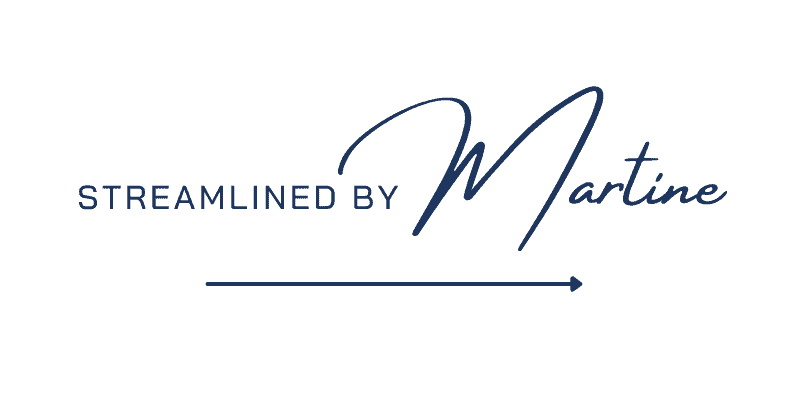
The Dos and Don’ts of Feedback Forms and Collecting Testimonials
Beyond The Project: Capturing The Value Of Client Feedback
Picture this: you’ve just finished a project, celebrated the ‘paid invoice’ email, and sent off the final deliverables. There’s a familiar mix of relief, joy, and anticipation. After all, you’ve done your part and your clients loved the whole experience of working with you…right?
Without a feedback form or a memorable offboarding process, you’re left wondering what your clients felt and the impact of your work.
You probably know how valuable client testimonials are, actually collecting them tends to slip through the cracks. Sure, there’s that barely-used Google My Business page, but it’s not enough.
When you send off your deliverables with no final follow-up or check-in, you’re letting valuable insights and opportunities to showcase your success slip away. So, let’s change that and make collecting testimonials a seamless part of your entire process.
What Is A Client Feedback Form?
A client feedback form is a tailored questionnaire that gathers insights from clients after a project finishes or a service is delivered. It’s a simple, structured way for clients to tell you why they worked with you, what they loved about your services, and how you can improve them for next time.
Why is it important to get feedback from clients?
Getting feedback from clients gives your business a custom roadmap to excellence.
Feedback forms help you pinpoint where things get confusing in your processes so you can improve your services. They also ensure your clients feel valued and appreciated. Plus, sharing positive stories of success builds trust with potential clients!
Another benefit of collecting feedback is that it can guide you in making key business decisions, from introducing new services to fine-tuning your marketing strategy, based on what genuinely resonates with your audience.
On the flip side, not prioritizing feedback means missing out on opportunities to grow and connect. Without it, you’re left guessing at what works for your clients, leading to ‘spaghetti at the wall’ decisions.
The Dos and Don’ts Of Feedback Forms
Don’t: Feel awkward asking for feedback
Do: Frame your request positively
Don’t: Forget to send your feedback form
Do: Automate your feedback request
Don’t: Use generic feedback collection tools
Do: Customize your feedback form
Don’t: Ask vague or difficult questions
Do: Ask clear and purposeful questions
Don’t: Collect feedback for the sake of it
Do: Have an action plan for your feedback
Don’t: Accept low response rates
Do: Enhance your feedback responses
Conclusion
Think of feedback forms not as another email to deliver but as deep conversations with clients that spark growth and showcase the transformations you provide.
Taking action on this feedback is your chance to show you’re not just listening—you’re evolving alongside your clients’ needs. It’s about turning their insights into actions that elevate your service, make every client feel like they’re truly heard, and create unforgettable experiences for future clients.
So, don’t let the end of a project be a missed opportunity to connect and grow. Make feedback and testimonials a seamless, thought-out part of your business process. Wondering how?
Your feedback form (and your entire offboarding process) is a major part of my Dubsado VIP Week! If you want to ditch all the ‘don’ts’ and bring all the ‘dos’ into your business, then book a Discovery Call to hear more about what working together looks like.


